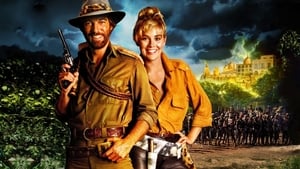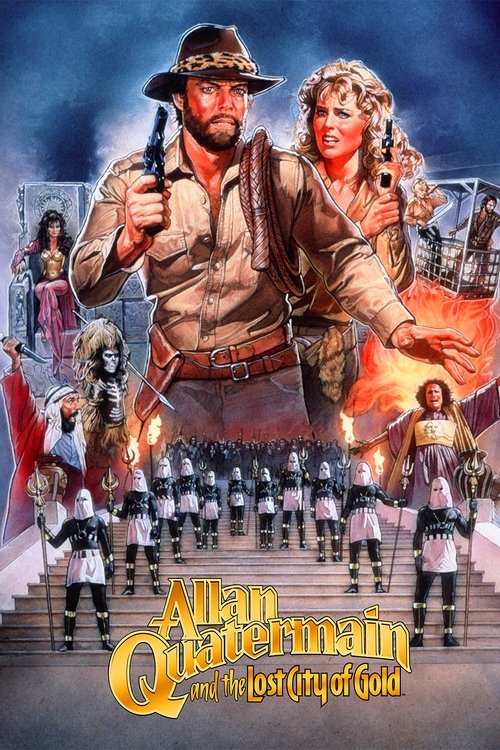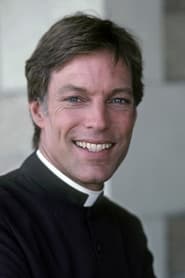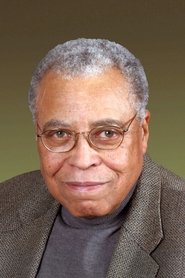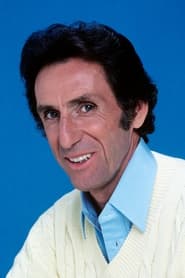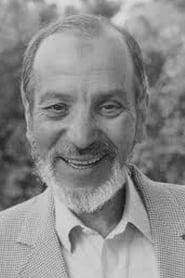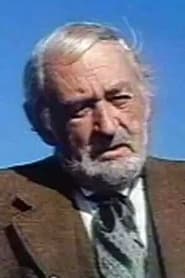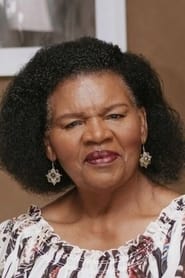Cast
View AllRichard Chamberlain
as Allan Quatermain
Sharon Stone
as Jesse Huston
James Earl Jones
as Umslopogaas
Henry Silva
as Agon
Robert Donner
as Swarma
Doghmi Larbi
as Nasta
Cassandra Peterson
as Sorais
Martin Rabbett
as Robeson Quatermain
Alex Heyns
as Dutchman
Themsie Times
as Nurse
Aileen Marson
as Queen Nyleptha
Rory Kilalea
as Dumont
Philip Boucher
as Bartender
Stuart Goakes
as Trader
Fidelis Cheza
as Esbowe Warrior Chief
Crew
Director
- Gary Nelson
Producer
- Yoram Globus
- Menahem Golan
Reviews
John Chard
Heaven Help Us!
Directed by Gary Nelson, Allan Quatermain and the Lost City of Gold re-teams Richard Chamberlain and Sharon Stone from J. Lee Thomson's 1985 version of King Solomon's Mines, with equally bad results. Based on the creations of H. Rider Haggard, the emergence of Allan Quatermain onto the screen again was a desperate attempt to grab the coat tails of one Indiana Jones' success. Given how bad King Solomon's Mines (1985) was, you would be forgiven for wondering how on earth a sequel was given the go ahead, but this is explained by the fact both films were filmed back to back. More's the pity.
Plot has Quartermain and his lady Jesse Huston off on some adventure to find Quartermain's lost brother at the fabled Lost City of Gold. Along for the ride are Umslopogaas (James Earl Jones) an axe wielding warrior, Swarma (Robert Donner) a nutty spiritual guru, and some other no mark plebians. What they find is a whole bunch of trouble via creatures and a despotic high priest (Henry Silva).
Action is badly staged, effects work poor, while acting and dialogue is woefully inept (Chamberlain cheese sandwich/Stone shrill/Silva and Donner embarrassing). The best "Z" grade movies have fans and entertain because they know what they are, unfortunately this doesn't, it genuinely thinks it's a great adventure movie. Even the musical score is insulting, credited to Michael Linn, he basically just hacks into Jerry Goldsmith's score for "Mines", and produces a piece that is just two chords away from John Barry's iconic Indiana Jones music. As for the racist undertones...
Bad film making. Period. 2/10
May 30, 2015
Wuchak
_**Fun sequel with a great cast doesn’t have the same magic**_
Quatermain & Jesse (Richard Chamberlain & Sharon Stone) are about to travel to America to get married when Allan learns that his brother is missing after an expedition. They team-up with a powerful warrior (James Earl Jones) and a spiritual con (Richard Donner) to journey to remote east Africa where they find a lost city of gold. Henry Silva shows up as a malevolent priest while Cassandra Peterson (aka Elivra) plays a dark queen.
"Allan Quatermain and the Lost City of Gold" (1986) is the sequel to “King Solomon’s Mines” (1985), both knock-offs of “Raiders of the Lost Ark” (1981), but it lacks the magic that made “King Solomon’s Mines” an exhilarating ‘B’ adventure. It has the same fun tone, Chamberlain & Stone, excellent locations and colorful or cheesy props/effects/sets, but it has a different director and cowriter. It’s just nowhere near as compelling and is sometimes tedious.
But the notable cast looks like they had fun and you can’t go wrong with the magnificent Cassandra Peterson, who has no lines; she just stands around looking great, albeit angry and mean. Stunning blonde Aileen Marson is also on hand in her one-and-only role.
The film runs 1 hour, 39 minutes and was shot in Oudtshoorn, South Africa; Zimbabwe (Victoria Falls); and Laird International Studio, Culver City, California (e.g. river-cave scenes).
GRADE: C
May 4, 2021
CinemaSerf
It's Henry Silva who steals the scenes here as the maniacal High Priest "Agon" who meets gold-hunting explorers "Quatermain" (Richard Chamberlain) and "Jesse" (Sharon Stone) who are looking for someone. This time, it's his long long brother who has gone awol after reading the script and deciding that deepest Africa was probably best instead. Determined not to share the blame alone, the others head off on a search that introduces them to the axe-wielding "Umslopogaas" (James Earl Jones) and sees them having to deal with the perils of the wilderness. Now to be fair, at least they made an attempt to liven it up by heading to Zimbabwe for the filming, and that photography showcases this beautiful terrain and it's wildlife to full effect. Stone also has a go, here, and could never be accused of underplaying her part, but the rest of the cast deliver something that really reminded me of one of the Johnny Weissmuller "Tarzan" films that had a far-fetched, stereotype-riddled, plot. Indeed, it might have worked slightly better had it been in black and white - at least that might have helped out illustrating some of cultural and superstitious elements of this whilst making it slightly harder to see the wires holding the star as he engages in one too many set-piece action scenes that the editing doesn't exactly help. It's a film that out of it's time, this one, and is probably best this stays as lost as they city they are seeking.
Dec 6, 2024
Thematic Analysis
This high-octane Adventure/Action/Comedy/Mystery film balances spectacular sequences with character-driven moments. Unlike many films in the genre, Allan Quatermain and the Lost City of Gold distinguishes itself through a unique visual style and creative action choreography.
Director Gary Nelson brings their distinctive visual style to this film, continuing their exploration of themes seen in their previous works while adding new elements. Their approach to pacing and visual storytelling creates a viewing experience that rewards close attention.
Released in 1986, the film exists within a cultural context that now offers viewers historical perspective on the social issues of that era. Its reception demonstrates the diverse reactions to its artistic choices and its place in cinema history.
Did You Know?
- The production of Allan Quatermain and the Lost City of Gold took approximately 19 months from pre-production to final cut.
- The final cut of the film runs for 99 minutes, though the director's initial assembly was reportedly 128 minutes long.
- The screenplay went through 11 major revisions before the final shooting script was approved.
- The musical score contains over 49 unique compositions.
- Some visual effects sequences took up to 6 months to complete.
Historical Context
- In 1986, when this film was released:
- Economic policies were shifting toward deregulation in many Western countries.
- The Cold War was entering its final phase.
- Independent cinema was growing in influence, challenging the dominance of major studios.
How This Film Stands Out
While Allan Quatermain and the Lost City of Gold shares thematic elements with other films in its genre, it distinguishes itself through its unique approach to storytelling, visual style, and character development.
Unlike Black Mill, which focuses more on action than character development, Allan Quatermain and the Lost City of Gold subverts genre expectations by exploring its themes with greater nuance.
While films like The Rule of Burning Sun II and Superman III explore similar territory, Allan Quatermain and the Lost City of Gold stands apart through its distinctive directorial vision and pacing.
This film's unique contribution to cinema lies in its bold artistic choices and willingness to challenge viewer expectations, making it a valuable addition to its genre.
Details
- Release Date: December 17, 1986
- Runtime: 1h 39m
- Revenue: $3,751,285
Where to Watch


